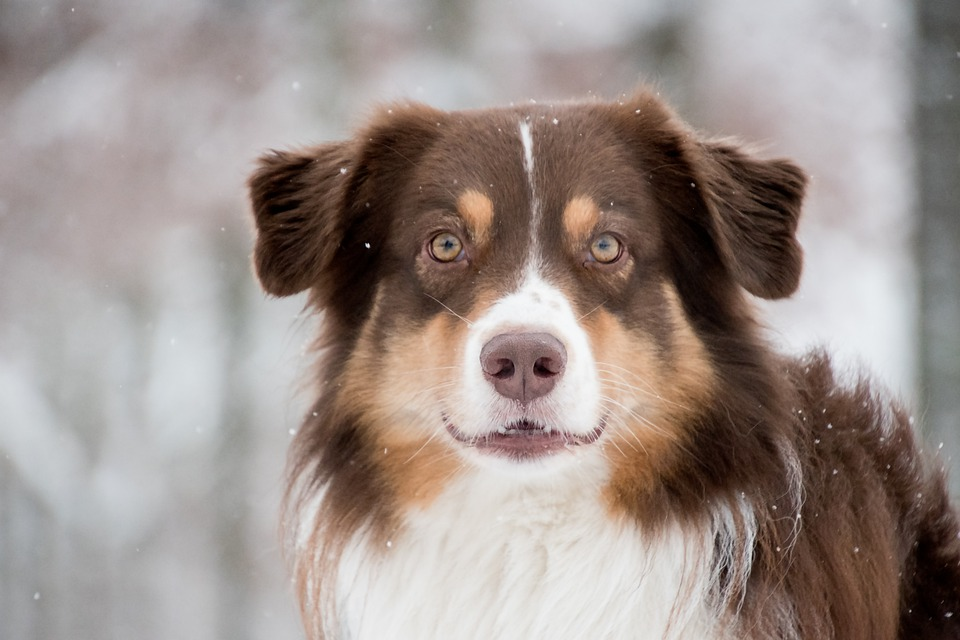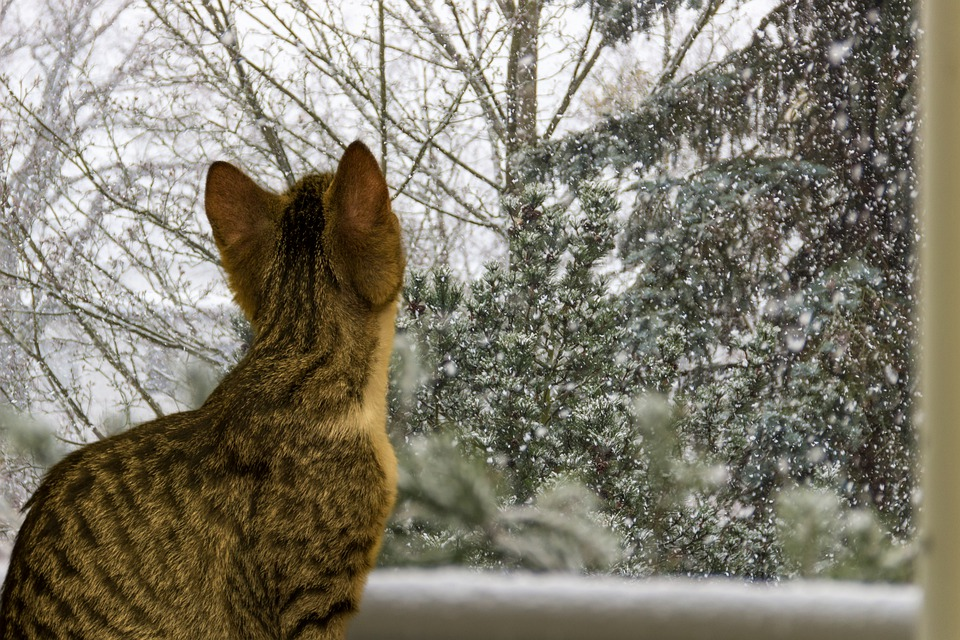The dropping temperatures and a sparkling white coating over the streets are a source of great joy. However, without a routine adjustment, the colder weather can be harmful to your pets.
Let’s check out the six essential tips for keeping your furry friend happy and toasty in wintertime.
Tip #1: Ensure Shelter
Ideally, your animal companion should stay inside at least from December to March. Take them out for walks and playtime, but don’t leave them outside when the temperatures drop.
Your pet might prefer to spend time outdoors, though, especially if you have a big garden. Introducing sufficient shelter space is your go-to solution.
For example, the best outdoor cat house will be big enough for comfortable movement but small enough to maintain body heat. The same goes for pups.

Tip #2: Consider the Food-Activity Ratio
Like people, animals aren’t as active when it’s cold outside. So, you might need to adjust their food intake to ensure adequate nutrition.
The changes can go both ways. You might have a puppy who loves snow and going out several times a day. In this case, up their intake to make up for the energy loss.
On the other hand, some pets avoid going out during the winter months. So, they should consume fewer calories. If you’re worried your animal isn’t getting enough activity, you could:
- Spread meals around the house
- Throw snacks for them to catch down the hall
- Introduce mobile food-dispensing toys
Mixing it up a bit can help with their motivation to eat and move.
Tip #3: Check Their Paws
Tails, ears, and legs are the areas of dogs’ and cats’ bodies most susceptible to frostbite. You can’t do much for ears and tails except for keeping the walks short and during daylight hours. However, putting on boots provides some welcome warmth.
Plus, both these animals lick their paws. If they stepped into a harmful chemical such as a deicer, they could get sick after touching it. If footwear isn’t an option, at least wipe the paws with a warm towel when you come back home.
Tip #4: Don’t Bathe Them as Often
Bathing dries out the skin in people and pets alike. While you can mitigate the effects with moisturizer, your companion doesn’t get to enjoy the same luxury.
Don’t cut out baths altogether, but reduce their frequency to help them avoid dry skin discomfort. You could explore alternative cleaning methods or find a shampoo with extra moisturizing features to balance cleanliness and comfort.

Tip #5: Keep Them Leashed
Even if your regular outings don’t include a leash, in wintertime, they should. For one, your dog could run out in the snow, and it’ll be much harder to locate it. Plus, snowfall can disguise recognizable scents that a pet would typically use to find its way home.
Additionally, make sure that your microchips and collar are up-to-date if they do run away so they could more quickly and easily return to safety.
Tip #6: Remove Hazards
Finally, the snowfall is home to many potential hazards for animals. Clean up spills and shovel snow from your backyard. When you take your dog or cat outside, keep an eye out for antifreeze, rough terrain, and hidden debris on the ground.
It might make walks mentally straining, but it’s worth avoiding the health risks that come with these outdoor threats.
Safety First
As long as you keep these tips in mind and apply them for every walk, bath, and feeding session, your pet will be happy and healthy once the snow melts.
Leave a Reply